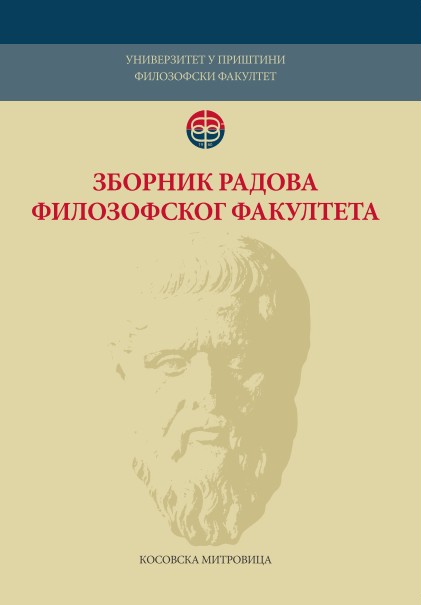Breakup Grief: The Difference Between Initiator and Non-initiator Depending on Coping Strategies and Attachment
Breakup Grief: The Difference Between Initiator and Non-initiator Depending on Coping Strategies and Attachment
Author(s): Kristina Ž. Ranđelović, Nikola R. GoljovićSubject(s): Social Sciences, Psychology
Published by: Филозофски факултет, Универзитет у Приштини
Keywords: breakup grief; romantic relationships; initiator of break up; coping strategy; attachment
Summary/Abstract: The aim of this paper is to examine the difference in the intensity of the breakup distress between the initiator and the non-initiator, as well as whether this difference is moderated by coping strategies and inner working models according to the attachment theory. The sample used in the research is convenient and consists of 387 respondents. The age range is between 18-40 (M=23.90; SD=4.22). We used the Close Relationship Experience Questionnaire (Brenan, Clark, & Shaver, 1995), the Brief COPE (Carver, 1997) and the Breakup Distress Scale (Field & al., 2010). The t-test was performed for the independent samples to test the difference between the breakup initiators and non-initiators in the variable of grief after a breakup (t(365)=4.62; p<.01). Within the constructed prediction model, a total of four predictors showed an independent contribution to the explanation of experienced grief after a breakup: the status of the initiator of the breakup, coping aimed at solving problems, coping with avoidance and anxiety. Later, by testing the contribution of the predictor and the variable, the status of the initiator was obtained as a statistically significant interaction with anxiety. Respondents who have low anxiety do not experience a high level of distress after a breakup and do not differ from each other depending on whether the initiators of the relationship were them or their partner. Respondents who have high anxiety experience a noticeably higher level of emotional distress after the breakup, but there are also differences in that level depending on who initiated the breakup. If the partner initiated the termination, the level of experienced distress will be significantly higher. It seems that presenting as a stressor can be a trigger of an intense emotional reaction, considering that such people are sensitive to rejection by others.
Journal: Зборник радова Филозофског факултета у Приштини
- Issue Year: 50/2020
- Issue No: 3
- Page Range: 47-68
- Page Count: 22
- Language: English

